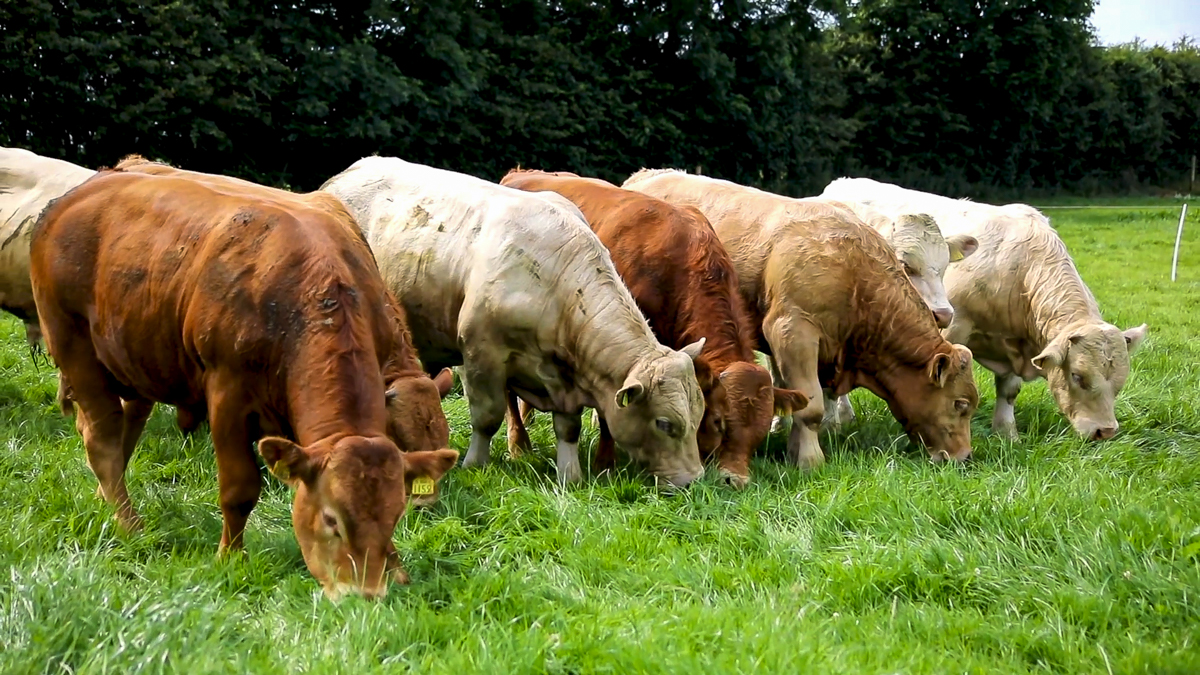Managing suckler cows and calves through the use of virtual fencing is a main plank of the beef research work ongoing at Agri-Food and Biosciences Institute (AFBI) Hillsborough in Co. Down.
The technique involves a grazing animal wearing a GPS collar unit which plays an audible melody and if necessary, emits an electric pulse to the neck to deter the animal from crossing a virtual boundary.
A grazing area or pasture is created using a mapping app which then communicates with the collar on the animal. When the animal approaches the ‘Nofence’ boundary, the collar emits the audio melody warning to deter it from crossing the line.
The signal resembles a scale of tones, starting at a low pitch and rising gradually as the animal approaches the ‘Nofence’ boundary. The animal will recognise this tone scale, turn, and go back to the ‘Nofence’ pasture to avoid the electric pulse.
Virtual fencing at AFBI
According to AFBI, the GPS collars cost around £60 (approx. €70). And, given the experiences notched up over the past 12 months, staff members at Hillsborough are confirming very positive results.
A case in point was the successful use of collars last year to allow suckled calves specifically access meal while still on their mothers.
Collars can either be purchased or hired out for a grazing season. There is also a subscription fee relating to the use of the associated app.
All the software is stored on the ‘the cloud’. As a result, there is no need for an on-farm computer. All the management options are available courtesy of the app on the phone.
The farmer can view the location of his stock courtesy of the app, wherever he or she is. Stock can also be moved on to their next virtual paddock remotely.
Trials have confirmed that cattle can be trained to use virtual fencing systems within five days. After that, there is a seamless transition as they move from one virtual paddock to the next.
It is envisaged that virtual fencing systems will prove particularly attractive to part-time livestock farmers, who will be able to move cattle on to new grazing areas while off farm.
All of the required management decisions can be effected courtesy of a phone app.
This is another example of how digital, web-based technologies are impacting on farms of all sizes.
And, as is the case with all new ‘tech’ applications, they tend to become cheaper the more established they become.

